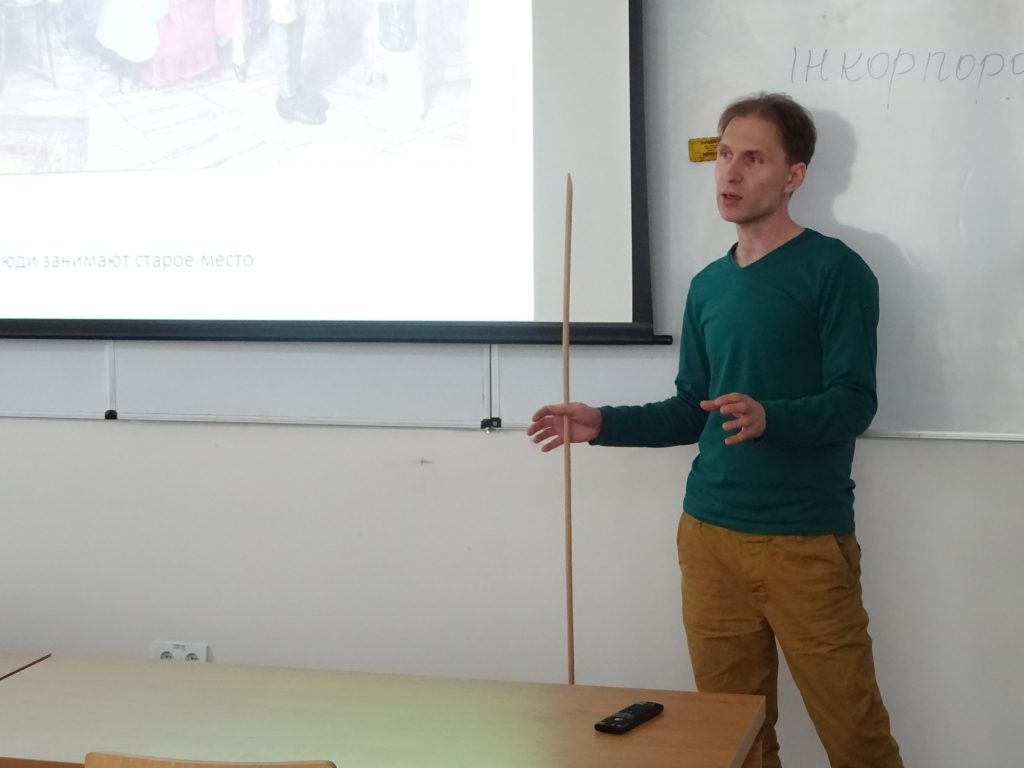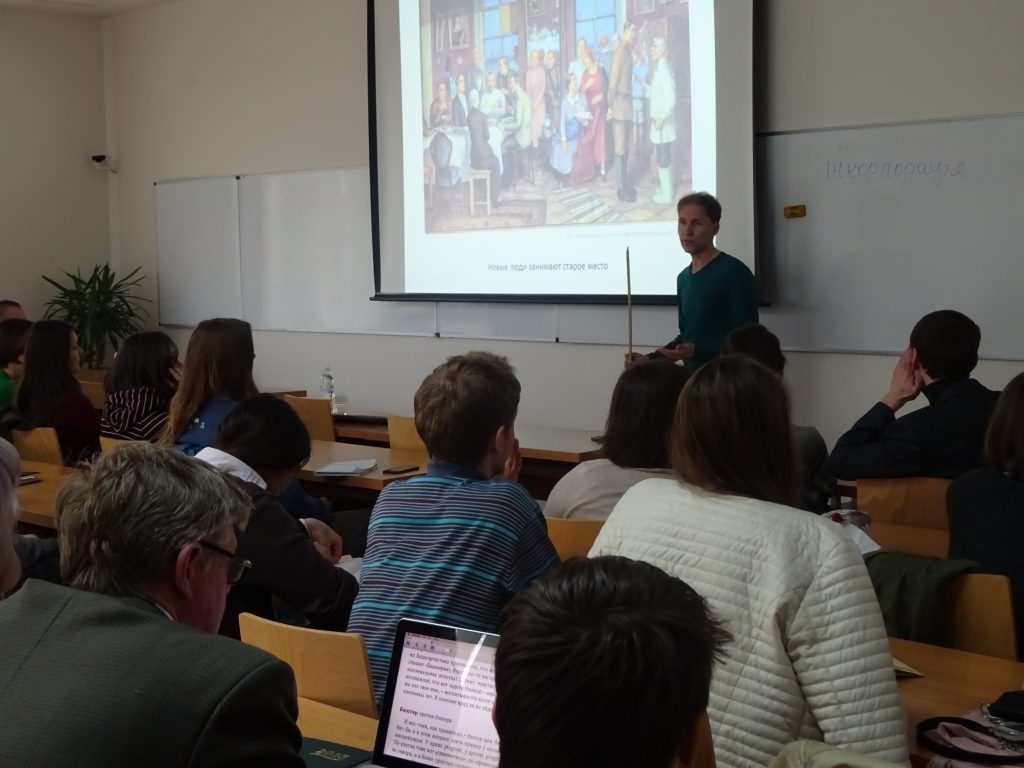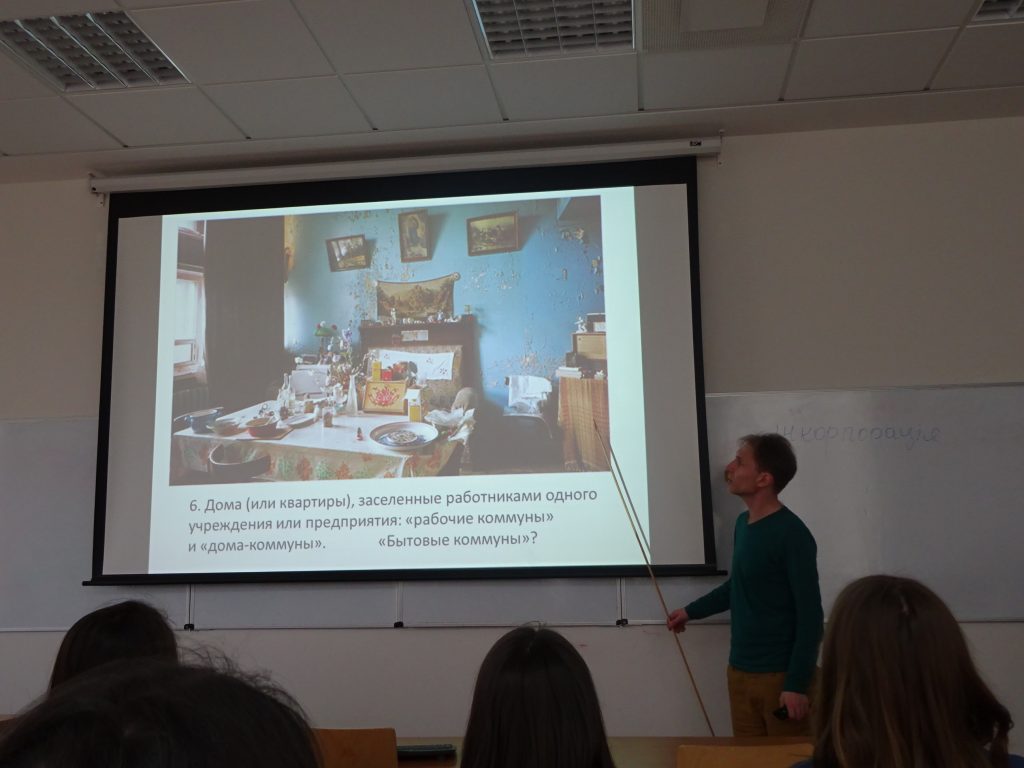The Anthropology of Soviet Communal Living and Post-Soviet City
Ilya Utekhin
European University in St. PetersburgApril 21, 2015
Ukrainian Catholic University, Lviv
The appearance of communal living, inhabited by a large part of the urban population of the USSR, a result of the Soviet housing policy upheld by the paternalistic state, became a means of control and encouragement. In communal living, where residents were not owners, and there was no source of order, living conditions required interaction with neighbours and maintaining public places in an acceptable condition. Formed practices reflect a specific "communal mentality," which is characterized not only by mutual support and a "sense of community," but also jealousy, paranoid suspicion, and special configuration of the borders between private and public life. Communal livings have not disappeared from the map of today's Russian cities, but the social composition of the residents has changed. A room in communal living is the most affordable type of housing, often in the city center. How can "communal" stereotypes about public space appear in modern urban residents? Where else do they occur outside the living, where people live in separate apartments?

Ilya Utekhin
is a professor at the Department of Anthropology at the European University in St. Petersburg. In the 2000s he worked in the field of cognitive science and experimental research of interactive communication, working in the Laboratory of Cognitive Studies at St. Petersburg State University. He also directed the program “Melancholy and Communication Theory” at the Philological Faculty of St. Petersburg State University. He is the author of scientific publications, among them a monographic study of life in communal livings “Sketches of Communal Life” (Moscow, OIG, 2001, 2004) and the virtual museum of Soviet life “Communal Living.”
Credits
Сover Image: Ilya Utekhin







